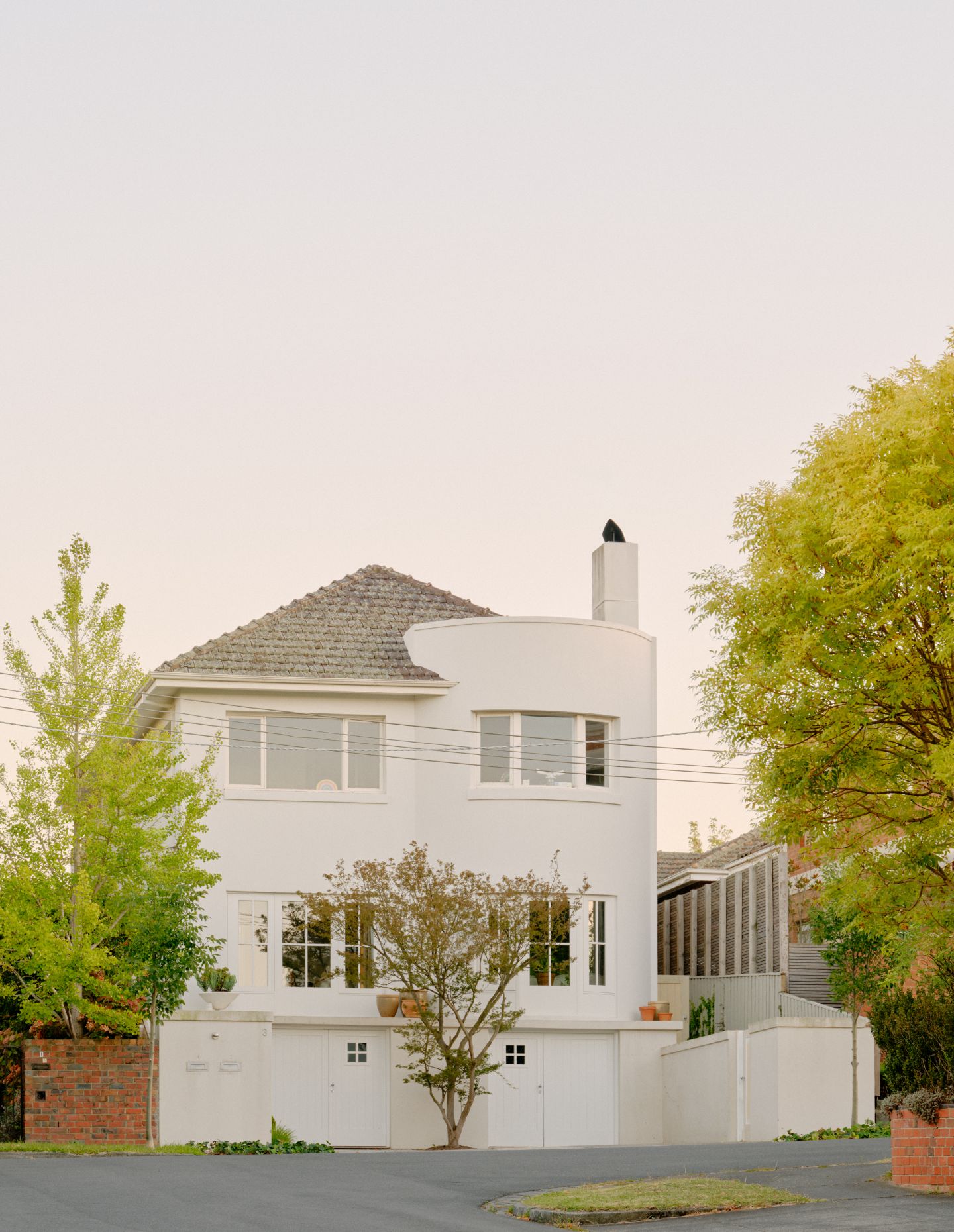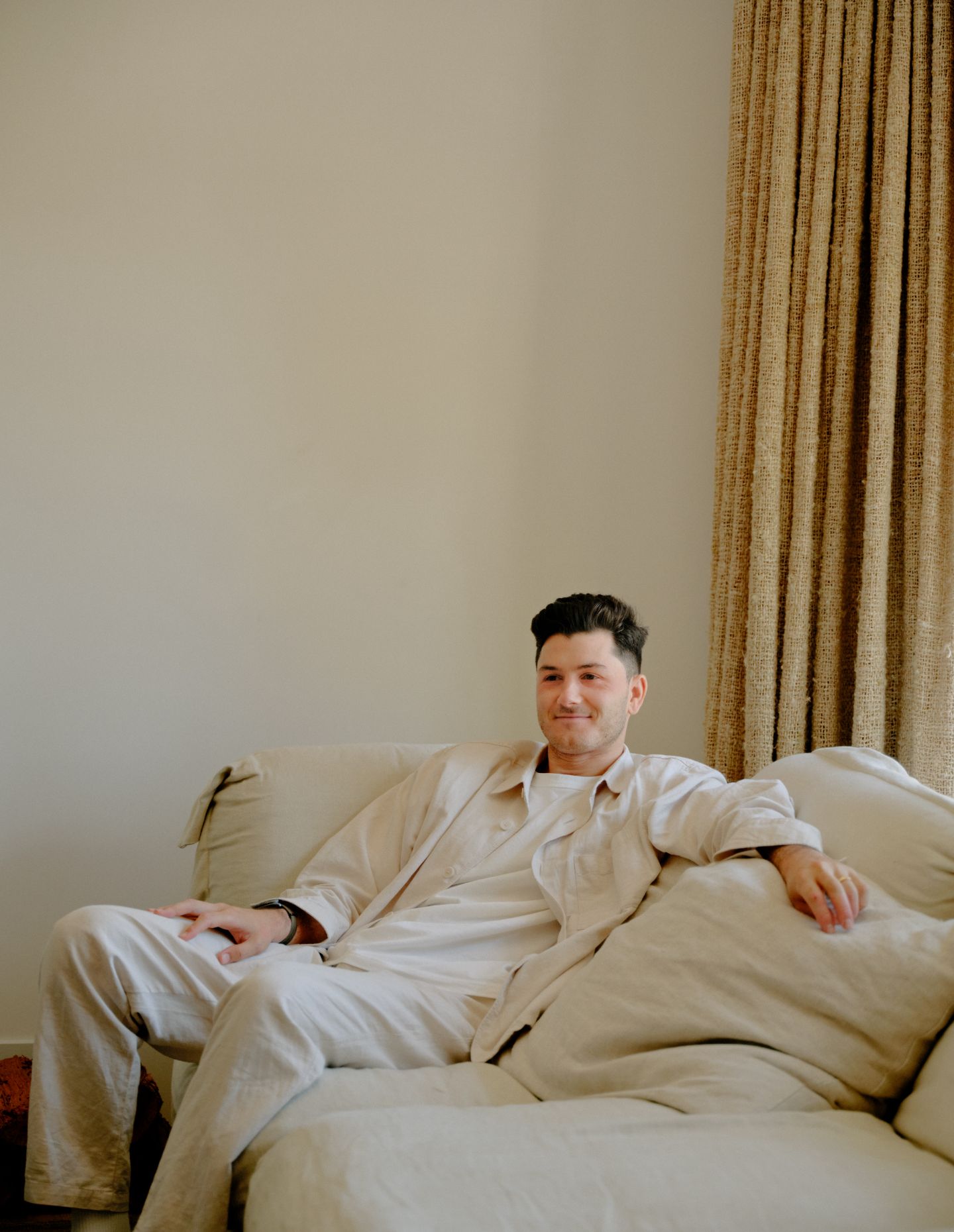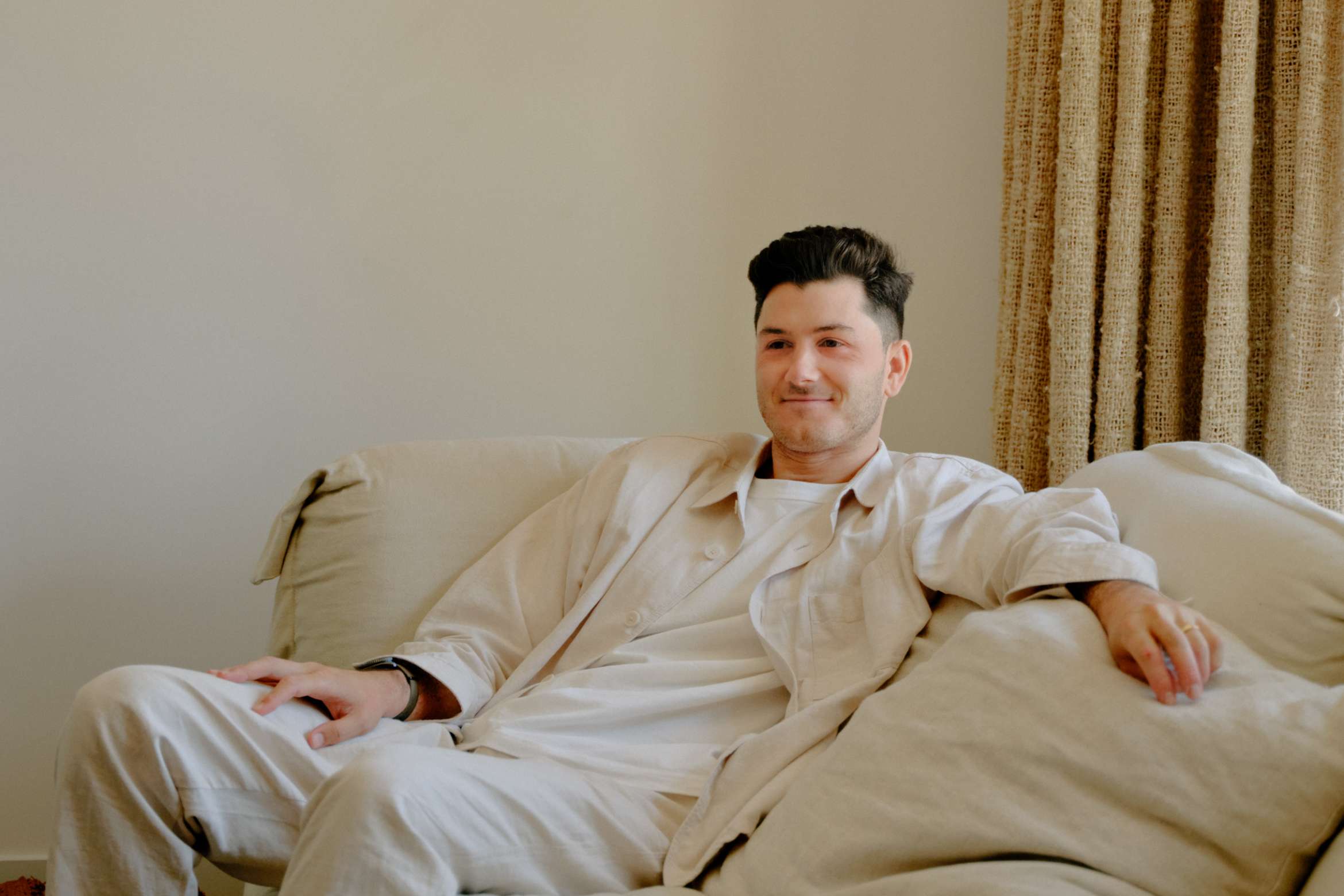Nathan Ruttner, the founder of Nathan Ruttner Interior Design, approaches his craft with an effortless and unforced familiarity. Setting up his own studio in 2023 provided Ruttner with the opportunity to establish a design philosophy that resonated with him, one grounded in authenticity. “My aim is for the final design to feel effortless and true to itself,” he shares.
Reflecting on where he looked to help define this perspective, Ruttner elaborates: “A designer who I think embodies this philosophy is Paul Couch, who worked under Robin Boyd and has maintained authenticity throughout his long career. I remember encountering the Toolern Vale project for the first time and instantly recognising the touch of an architect with decades of experience. His work is a prime example of someone who deeply understands his design language, which is something I strive to achieve in my own practice.”

Ruttner’s process is meticulous yet organic, beginning with a framework that responds to a site’s unique context and the client’s brief. This framework acts as a guide, allowing the design to evolve naturally. He works in “multiple passes,” adding layers like a painter, often stepping back to reassess and bring fresh perspective to his work. Hand-sketching plays a pivotal role in these early stages, allowing ideas to flow intuitively before transitioning to digital renderings. Material selection runs parallel to design development, balancing classic, timeless elements with finishes that challenge convention.
There is a refined, unforced aesthetic that comes to light even the few projects he’s delivered thus far. Ruttner is quick to acknowledge the experience he’s crafted over many years, and the mentors that helped hone it. For instance, a commitment to detail was forged during his tenure at Kerry Phelan Design Office, where he learned the rigour and experimentation that great design demands. A later role at Hecker Guthrie further sharpened his skills, where he oversaw projects from inception to completion – a transformative experience that crystallised his own design values.

Inspired by the soul and character of past eras – particularly the 1960s and ’70s – Ruttner advocates for a return to design’s essence. He finds beauty in spaces that bear the marks of life – scratches, wear and signs of use that tell a story of a lived-in, loved environment.
Reflecting on what might be around the corner, Ruttner says: “Though I’m about a decade into my career, I feel like I’m just beginning my own design journey. I resonate with Rick Rubin’s concept of art as a diary entry, reflecting who you are at that moment in time. For me, this means that my design approach will continue to evolve, mirroring my personal growth and experiences as I go.”

















